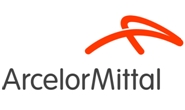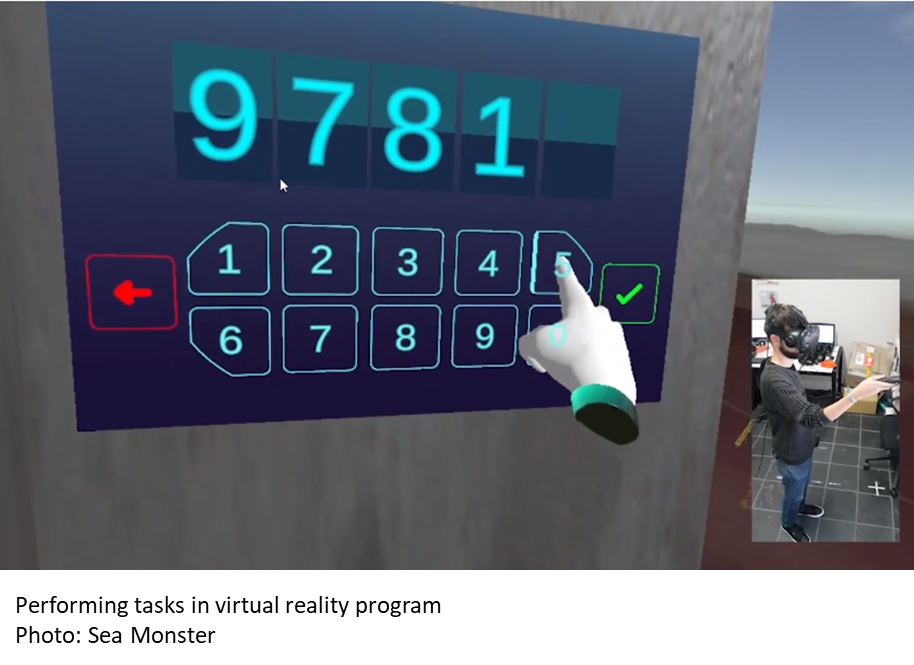Steel Products

ArcelorMittal in Virtual Reality
Written by Sandy Williams
May 18, 2018
Have you ever experienced the dizzying sensation of vertigo? Perhaps you were on a Steel Market Update workshop tour and felt woozy as you ascended higher and higher on the catwalks during the mill tour.
ArcelorMittal South Africa recognized the danger that a fear of heights could cause employees who work in extreme conditions and at great heights and decided to do something about it. The company contracted with game developer Sea Monster to create a virtual reality environment modeled on its Vanderbijlpark plant.
Named the Blast Furnace Experience, it allows trainees to be immersed in a realistic simulation where they ascend a lift to a height of 190 meters and are asked to perform a series of cognitive tasks. To make the experience as real as possible, fans were placed to simulate wind, as well as a moving platform to simulate the movement of the lift.
After allowing time for trainees to become accustomed to virtual reality on the ground floor, they are moved on to the lift. Instructors monitor trainee heart rate to determine possible fear of heights, as well as to check for signs of nausea or dizziness. Trainers from LRMG Performance Agency and ArcelorMittal are with trainees every step of the way to evaluate performance and offer support if fears become apparent.
If the trainee completes the three tasks accurately and within the allotted time, they move on to further training at the company. If a fear of heights is exhibited, they are reassigned to different duties within ArcelorMittal South Africa.
ArcelorMittal began using the program in January and, so far, eight of 400 trainees exhibited a crippling fear of heights. ArcelorMittal says the $160,000 investment in the program is well worth it in terms of employee safety and cost to the company in the event of a fatality. ArcelorMittal has shown interest in expanding the program to its other plants around the world.
Sea Monster said it developed the animated world rather than a 360 degree camera shoot so that the experience could be interactive. Attention was paid to detail, even including visual perspective on cars and buildings as trainees ascend the virtual reality lift.
So far, the project has been successful. “It is a technology that we need to evaluate very cautiously, and we need to embrace a scientific process to do so, but obviously in a creative context,” said Glenn Gillis of Sea Monster.

Sandy Williams
Read more from Sandy WilliamsLatest in Steel Products

Steel buyer spirits tempered by soft spot market conditions
Steel sheet buyers report feeling bogged down by the ongoing stresses of stagnant demand, news fatigue, tariff negotiations or implementation timelines, and persistent macroeconomic uncertainty.

CRU: US stainless prices to rise on expanded S232 tariffs
Stainless prices in the US market will rise, following price increases by major US producers. Our base case scenario incorporates higher US prices in the near term, despite the initial negative reaction by the market. US stainless prices will go up in 2025 H2 and will stay elevated in 2026 as tariffs on stainless […]

Galvanized steel demand unsteady amid lingering buyer fatigue: HARDI
Uneven demand for galvanized steel in June reflects a market that remains mired in uncertainty, according to industry sources.

OCTG industry salutes Customs for catching trade crooks
The US OCTG Manufacturers Association is commending US Customs for intercepting another Thai company's attempt to illegally transship Chinese oil pipe to the US.

Whirlpool says tariffs will bolster business
“Economically, the business case for products made in the us has become a lot more attractive," the CEO told Fox Business.

